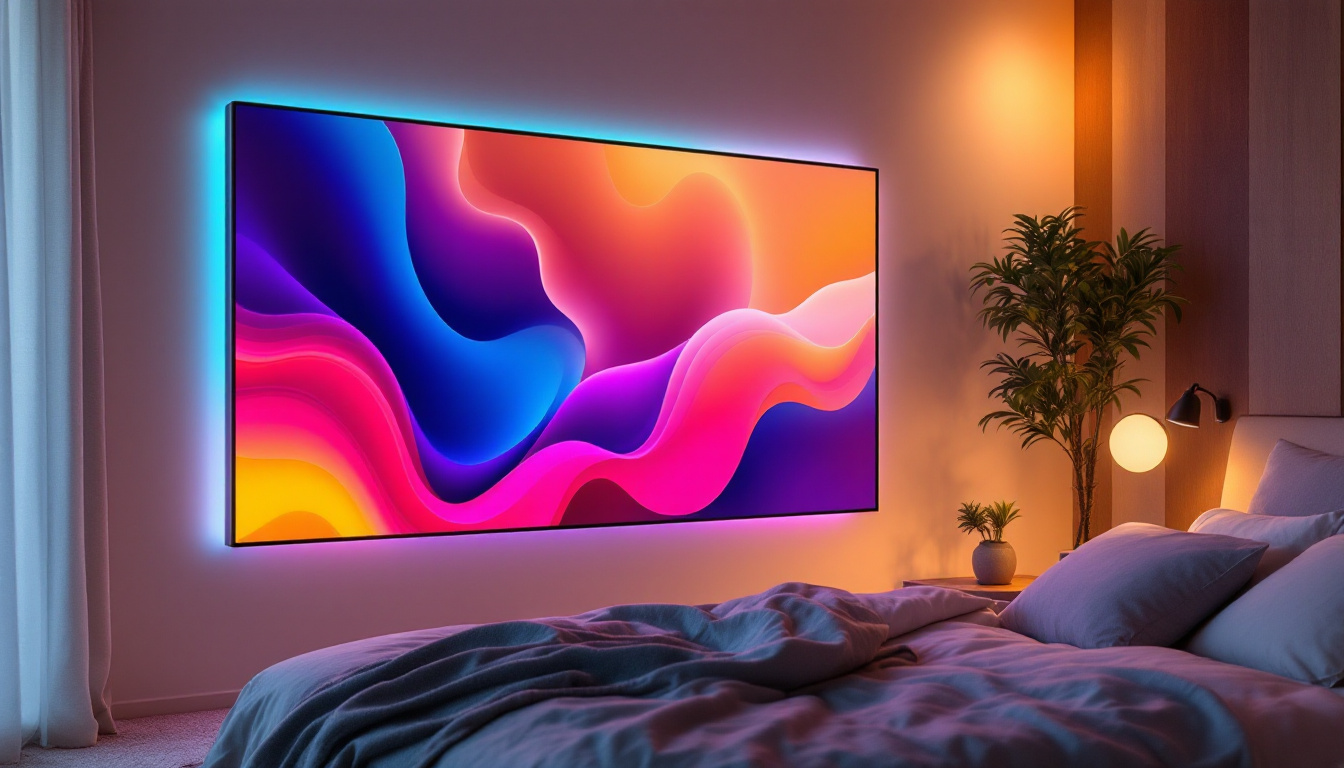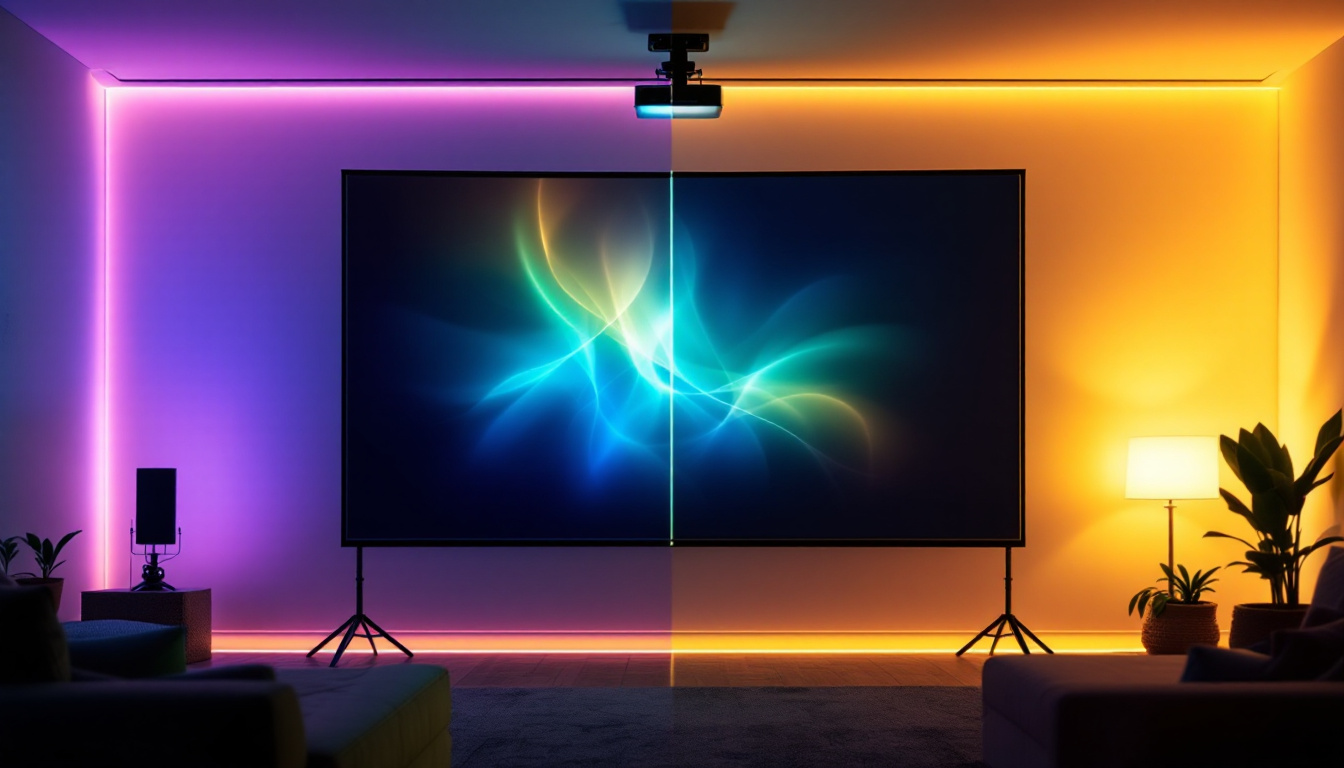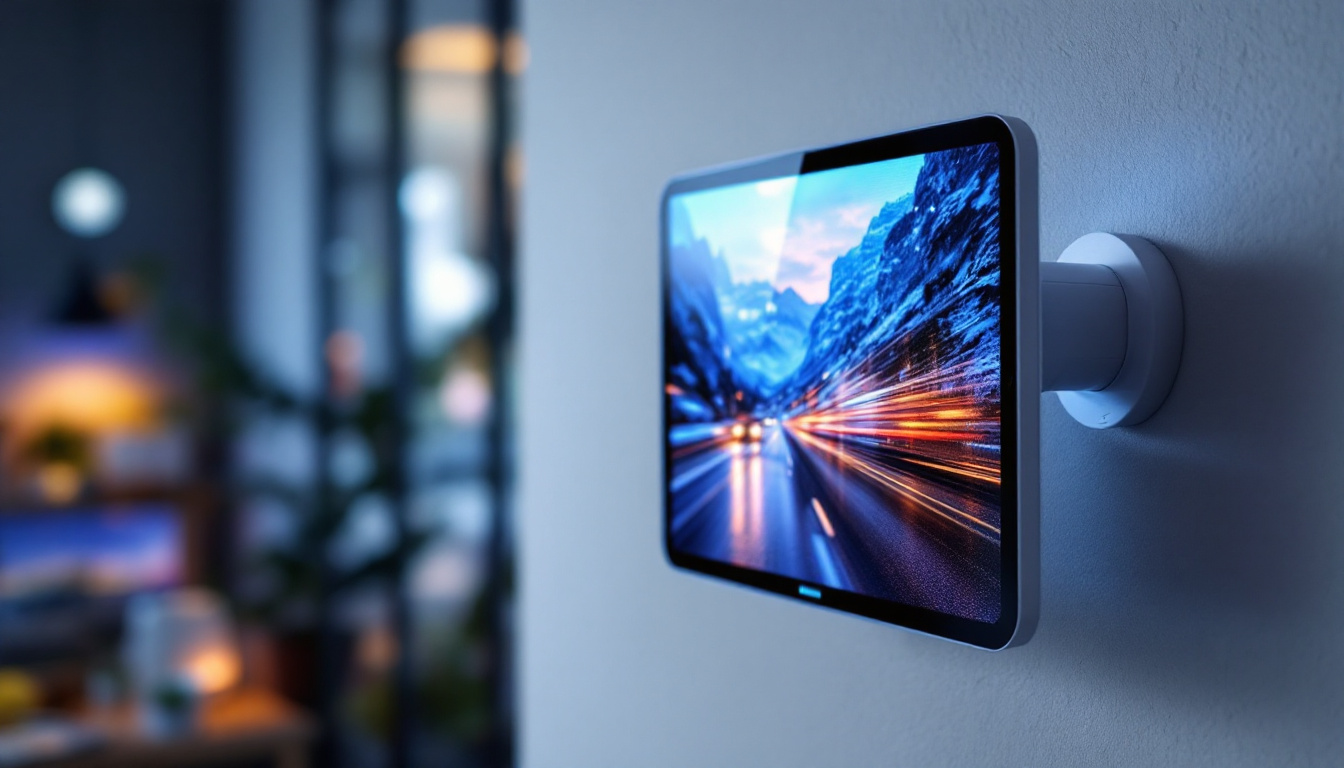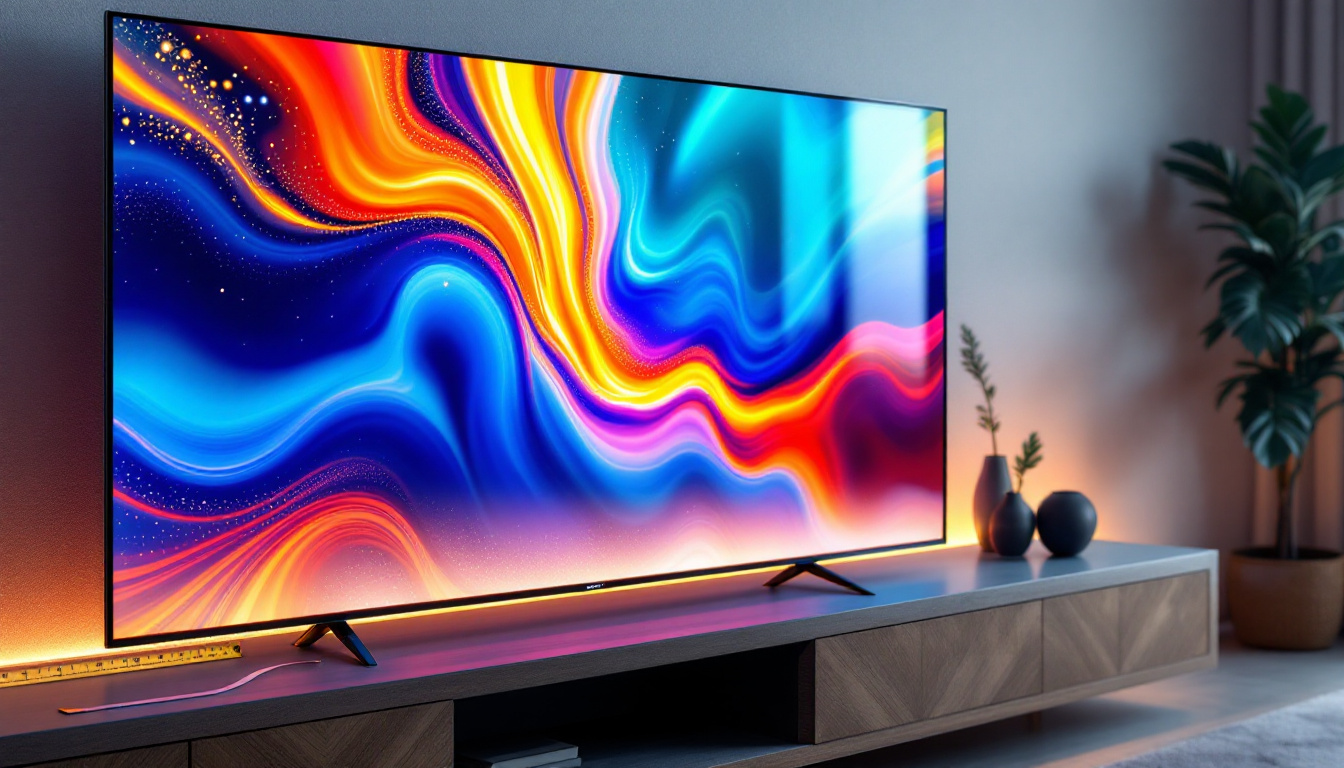In the world of digital displays, the terms LCD (Liquid Crystal Display) and LED (Light Emitting Diode) are often used interchangeably, yet they represent distinct technologies. Understanding the nuances between these displays is essential for consumers and professionals alike. This article delves into the specifics of LCDs, particularly focusing on the configurations of 3 and 9 segments, and how LED technology enhances these displays.
Understanding LCD Technology
Liquid Crystal Displays (LCDs) utilize liquid crystals to modulate light. They are widely used in various applications, from televisions to calculators. The fundamental principle behind an LCD is the manipulation of light through liquid crystals, which can be aligned in different ways to create images.
How LCDs Work
At the core of an LCD is a layer of liquid crystals sandwiched between two layers of glass or plastic. When an electric current passes through the liquid crystals, they change their alignment, allowing varying amounts of light to pass through. This ability to control light is what enables the display to show images and text.
Typically, LCDs require a backlight to illuminate the display, as the liquid crystals themselves do not emit light. This backlighting can be achieved through various methods, including fluorescent lamps or more commonly, LEDs. The choice of backlighting technology can significantly affect the display’s brightness, energy efficiency, and color accuracy. For example, LED backlighting is not only more energy-efficient but also allows for thinner display designs, making it a popular choice in modern devices.
Types of LCD Displays
LCDs come in various types, with the most common being Twisted Nematic (TN), In-Plane Switching (IPS), and Vertical Alignment (VA). Each type has its advantages and disadvantages, impacting color reproduction, viewing angles, and response times.
For instance, TN panels are known for their fast response times and are often used in gaming monitors. However, they tend to have poorer color accuracy and viewing angles compared to IPS panels, which offer superior color reproduction and wider viewing angles, making them ideal for graphic design and professional use. On the other hand, VA panels excel in contrast ratios, providing deeper blacks and more vibrant colors, which can be particularly appealing for movie watching and gaming. This diversity in LCD technology allows consumers to choose displays that best fit their specific needs, whether for casual use, professional work, or immersive gaming experiences.
Moreover, advancements in LCD technology continue to evolve, with innovations such as Quantum Dot technology enhancing color accuracy and brightness. This technology uses semiconductor nanocrystals to produce pure colors, significantly improving the overall visual experience. As manufacturers strive to push the boundaries of what LCDs can achieve, we can expect to see even more sophisticated displays that blend high performance with energy efficiency, catering to a wide range of applications from mobile devices to large-scale televisions.
The 3-Segment and 9-Segment Displays
When discussing LCDs, particularly in the context of numerical displays, the configuration of segments becomes crucial. The 3-segment and 9-segment displays are commonly used in various applications, such as clocks, calculators, and measurement devices.
3-Segment Displays
A 3-segment display typically consists of three segments that can be turned on or off to represent different numbers or characters. This configuration is often used in simple devices where only a limited range of values is required, such as basic timers or counters.
Each segment can be illuminated independently, allowing for the representation of numbers 0 through 7. Although limited, this simplicity can be advantageous in applications where space and power consumption are critical. For instance, in battery-operated devices, the low power draw of a 3-segment display can significantly extend battery life, making it a preferred choice in portable gadgets. Furthermore, the straightforward design minimizes manufacturing costs, which is beneficial for mass-produced items.
9-Segment Displays
In contrast, a 9-segment display offers a more versatile configuration, allowing for a broader range of characters and numbers to be displayed. This type of display is often used in more complex devices, such as digital clocks and advanced measurement tools.
The additional segments enable the display of not only numbers but also letters and symbols, enhancing the functionality of the device. This flexibility makes 9-segment displays ideal for applications requiring more detailed information, such as temperature readings or status indicators. Moreover, the ability to display alphanumeric characters opens up possibilities for user interaction, allowing devices to provide more context or instructions, which can improve user experience significantly. In environments like laboratories or industrial settings, where precise data is crucial, the clarity and versatility of a 9-segment display can facilitate better decision-making and operational efficiency.
LED Technology and Its Impact on Displays
Light Emitting Diode (LED) technology has revolutionized the display industry, providing brighter, more energy-efficient options compared to traditional LCDs. By utilizing LEDs as a backlight source or as individual pixels, displays can achieve higher brightness levels and improved color accuracy. This advancement not only enhances the visual experience for consumers but also opens up new possibilities for various applications, from smartphones to large-scale digital signage.
Advantages of LED Displays
One of the primary advantages of LED displays is their energy efficiency. Compared to traditional fluorescent backlighting, LEDs consume significantly less power, making them an environmentally friendly choice. This efficiency translates to longer battery life in portable devices and lower energy costs in larger installations. Moreover, as the demand for sustainable technology grows, LED displays have become a preferred option for businesses looking to reduce their carbon footprint while maintaining high-quality visuals.
Additionally, LED displays offer superior brightness and contrast ratios. This capability allows for better visibility in various lighting conditions, making LED displays suitable for outdoor applications where sunlight can wash out traditional displays. The ability to maintain clarity and vibrancy in bright environments has made LED technology indispensable in public spaces, such as stadiums, billboards, and transportation hubs, where clear communication is crucial.
Integration of LED with LCDs
The integration of LED technology with LCDs has led to the development of LED-backlit LCDs. This combination retains the advantages of LCD technology while enhancing the overall performance of the display. LED-backlit LCDs provide improved color accuracy and contrast, making them a popular choice for televisions and computer monitors. The transition to LED-backlit displays has also allowed manufacturers to create thinner and lighter devices, appealing to consumers who prioritize portability and sleek design.
Furthermore, the use of local dimming technology in LED-backlit LCDs allows for specific areas of the screen to be dimmed or brightened independently. This feature enhances the viewing experience by providing deeper blacks and more vibrant colors, particularly in high-definition content. As a result, filmmakers and content creators can present their work with more fidelity, capturing the nuances of shadows and highlights that are essential for storytelling. This level of detail not only elevates entertainment experiences but also benefits professional applications, such as graphic design and video editing, where color precision is paramount.
Applications of 3-Segment and 9-Segment Displays
The applications of 3-segment and 9-segment displays are diverse, spanning various industries and devices. Understanding where these displays are utilized can provide insight into their importance and functionality.
Consumer Electronics
In consumer electronics, 3-segment displays are often found in basic devices such as digital timers, simple calculators, and basic alarm clocks. Their simplicity and low power consumption make them ideal for devices that do not require complex information display.
Conversely, 9-segment displays are prevalent in more sophisticated consumer electronics, such as digital watches, advanced calculators, and multifunctional measuring devices. These displays provide users with more information at a glance, enhancing usability and functionality.
Industrial and Commercial Uses
In industrial settings, both 3-segment and 9-segment displays are used in various equipment, including measuring instruments, control panels, and machinery interfaces. The ability to display numerical values clearly is crucial in these environments, where precision and quick readability are paramount.
Moreover, 9-segment displays are often utilized in commercial applications, such as point-of-sale systems, where they can show prices, quantities, and other relevant information to both the cashier and the customer. This versatility makes them invaluable in retail environments.
Future Trends in Display Technology
The future of display technology is poised for exciting advancements, with ongoing research and development aimed at improving performance and functionality. Emerging technologies such as OLED (Organic Light Emitting Diode) and MicroLED are gaining traction, offering even more vibrant colors and better energy efficiency.
OLED Technology
OLED technology represents a significant leap forward in display technology. Unlike traditional LCDs, OLED displays do not require a backlight, as each pixel emits its own light. This capability allows for true blacks and a wider color gamut, resulting in stunning visual experiences.
As OLED technology continues to evolve, it is expected to replace LCDs in many applications, particularly in high-end televisions and smartphones. The flexibility of OLED displays also opens up new possibilities for innovative designs, such as curved and foldable screens.
MicroLED Advancements
MicroLED technology is another promising development, combining the best features of LCD and OLED. MicroLED displays consist of tiny, individual LEDs that can be controlled independently, providing exceptional brightness and contrast. This technology has the potential to revolutionize large-scale displays, such as digital signage and video walls.
As these technologies mature, they may lead to more efficient manufacturing processes, reduced costs, and broader accessibility for consumers, ultimately transforming how digital content is consumed and displayed.
Conclusion
Understanding the differences between LCD and LED technologies, particularly in the context of 3-segment and 9-segment displays, is crucial for anyone involved in the electronics industry or for consumers looking to make informed choices. While LCDs serve as a reliable choice for many applications, the integration of LED technology has significantly enhanced their performance.
As display technology continues to evolve, the future holds exciting possibilities for more advanced, efficient, and visually stunning displays. Whether in consumer electronics, industrial applications, or the latest innovations, the impact of these technologies will undoubtedly shape the digital landscape for years to come.
Explore Cutting-Edge LED Displays with LumenMatrix
As you consider the advancements and applications of display technologies, LumenMatrix stands at the forefront, offering an array of innovative LED display solutions. From captivating Indoor and Outdoor LED Wall Displays to dynamic Vehicle and Sports LED Displays, our products are designed to elevate your visual communication. Whether you’re looking to create immersive environments with Floor LED Displays, engage customers with LED Poster Displays, or customize your message with Custom LED Displays, LumenMatrix has the technology to bring your vision to life. Experience the future of digital signage and enhance your brand’s visibility with our All-in-One and Transparent LED Displays. Check out LumenMatrix LED Display Solutions and join the revolution in visual storytelling.































